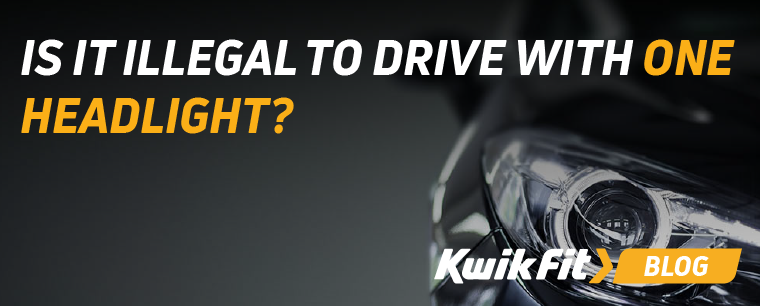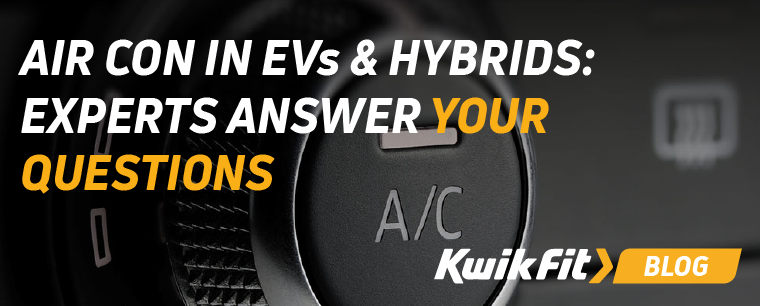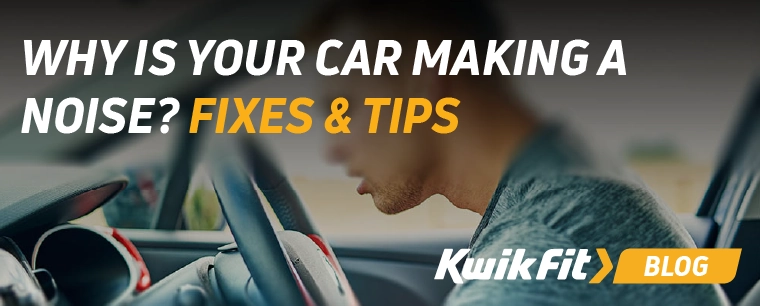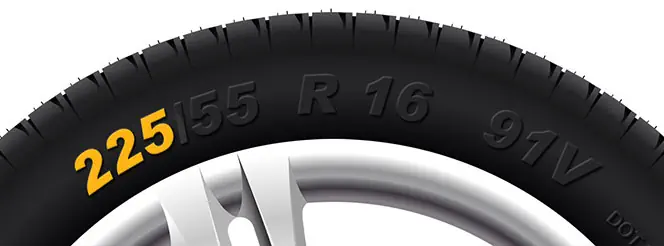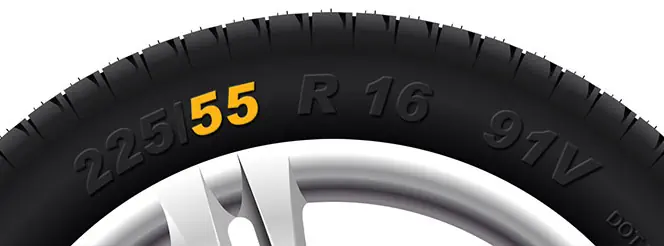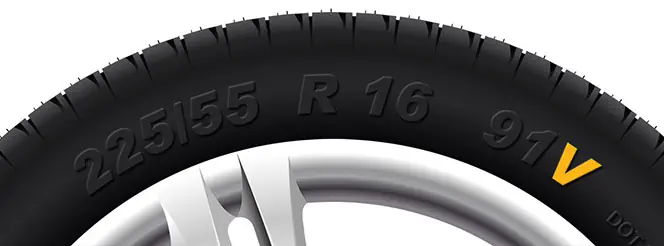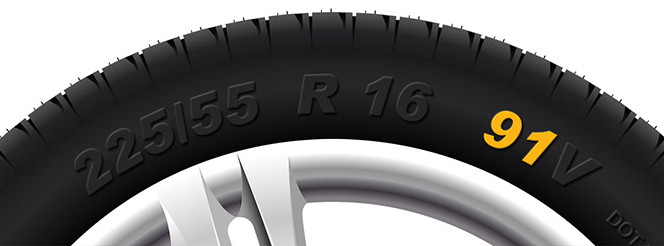Things that Are Unlikely to Fail an MOT
Jack Dreyer | Friday 24th December 2021 12:19pm

As your annual MOT approaches, itís understandable to feel nervous as to whether your vehicle will pass or not. In the absence of a valid MOT, your vehicle cannot legally be on the road, so it can seem that there is a lot riding on the test.
There is, after all, a whole host of valid reasons why you can fail your MOT, from windscreen wipers to wheel nuts. However, there are also a variety of things you can get away with without a fail (though that doesnít mean they arenít worth monitoring).
To put your mind at ease, weíve compiled a list of things that you likely wonít fail your MOT for, so read on to be pleasantly surprised.
1) Worn down brake pads
Used constantly as a car safety essential, your brake pads will wear down quickly, and MOT technicians know this. Brake pads work through friction which means, technically, their purpose is to erode ó the key is not too much.
If your brake pads are worn slightly, or the lining has begun to erode slightly, youíll likely receive a cautionary warning to replace them soon. But it is possible to still pass despite brake pad erosion, provided they are not eroded below the legal minimum of 1.5mm - as this can be dangerous.
It is recommended, however, to replace your brake pads if they erode to less than 3mm. Also, as good practice, you should book your car in for regular servicing to check your brakes since most brake pads have a lifespan of roughly 50,000 miles.
2) Cracked windscreen
While we donít advise driving around with any sort of damage to your windscreen, it is possible to pass an MOT with just a few cracks or chips in it.
If the chips in the windscreen are less than 10mm, and not on the driverís side, you can still pass. However, if the chips are more than 40mm wide, youíll fail and need to get them repaired and or replace your windscreen immediately.
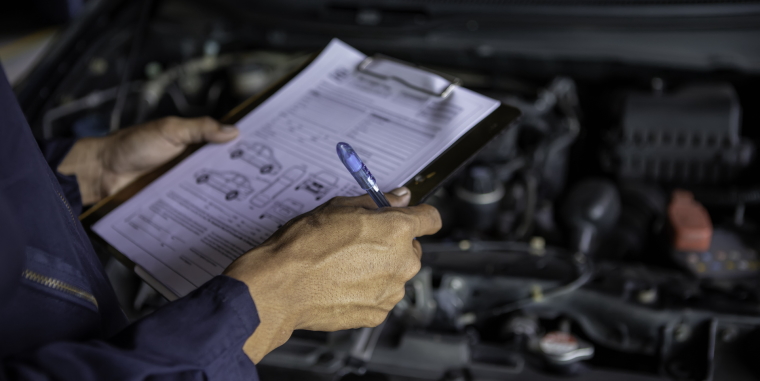
3) Gearbox Problems
While gearboxes are crucial to the safe handling of every car, certain issues wonít warrant complete MOT failure. Specific problems, like a gearbox noise, wonít cause a failure since the MOT test doesnít actually cover the condition of the gearbox or the engine (aside from emissions).
That being said, it is wise to get any noises checked out in case they indicate a larger, underlying problem.
4) Worn down tyres
The legal limit for tyre tread depth is 1.6mm. Any less than this and your tyres wonít have grip enough to brake safely, causing increased braking distances. Youíll definitely fail your MOT if your tyres have excessive ripping or tyre tread erosion, in which case youíll need to get your tyres replaced immediately.
However, some wear on tyres is expected since they are the only continuous point of contact between your vehicle and the road. So, as long as your tyres are above 1.6mm, you can still pass your MOT.
Find out how to check your tyre tread depth at home with our 20p test blog. If the tread depth is below 3mm, you should think about replacing them soon anyway for the safety of you and your passengers.
5) Dents in your car body
While your carís body is subjected to a once over during its MOT, some light damage to your bodywork wonít warrant a failure. Most body parts are checked to ensure they are secure and wonít fly off when driving, but cosmetic damage like scratches and denting ó providing they donít interfere with the performance of the vehicleó are permissible.
Sharp edges that could cause injury, faulty doors, and un-openable windows are not permitted, though.

And there you have it. See, MOTs arenít so bad after all? The important thing to remember is that they are there to keep you, your passengers, and fellow drivers safe on the road.
If you are worried that your car wonít pass its MOT, weíd recommend booking in for a combined MOT and service to prevent any nasty surprises when it comes to your test. In the meantime, get in touch with the experts at your local Kwik Fit with any questions you may have about your MOT.
And, if you donít know when your MOT is due, use our handy MOT tool and save the date.
Any facts, figures and prices shown in our blog articles are correct at time of publication.
Featured Articles
Is it Illegal to Drive With One Headlight?
Saturday 19th July 2025
Wondering if itís illegal to drive with one headlight? Learn about the safety risks and penalties of illegal blown bulbs and why you should fix them promptly.
Air Con in EVs & Hybrids: Experts Answer Your Questions
Monday 30th June 2025
Does air con drain EV batteries? Can you use the air con while charging an electric car? Find out the answers to these questions & more from Kwik Fitís experts.
Why Is Your Car Making a Noise? Fixes & Tips
Friday 13th June 2025
When your car starts making unexpected noises, it can certainly be quite disconcerting; it may be nothing to worry about, but hereís what you need to know.


